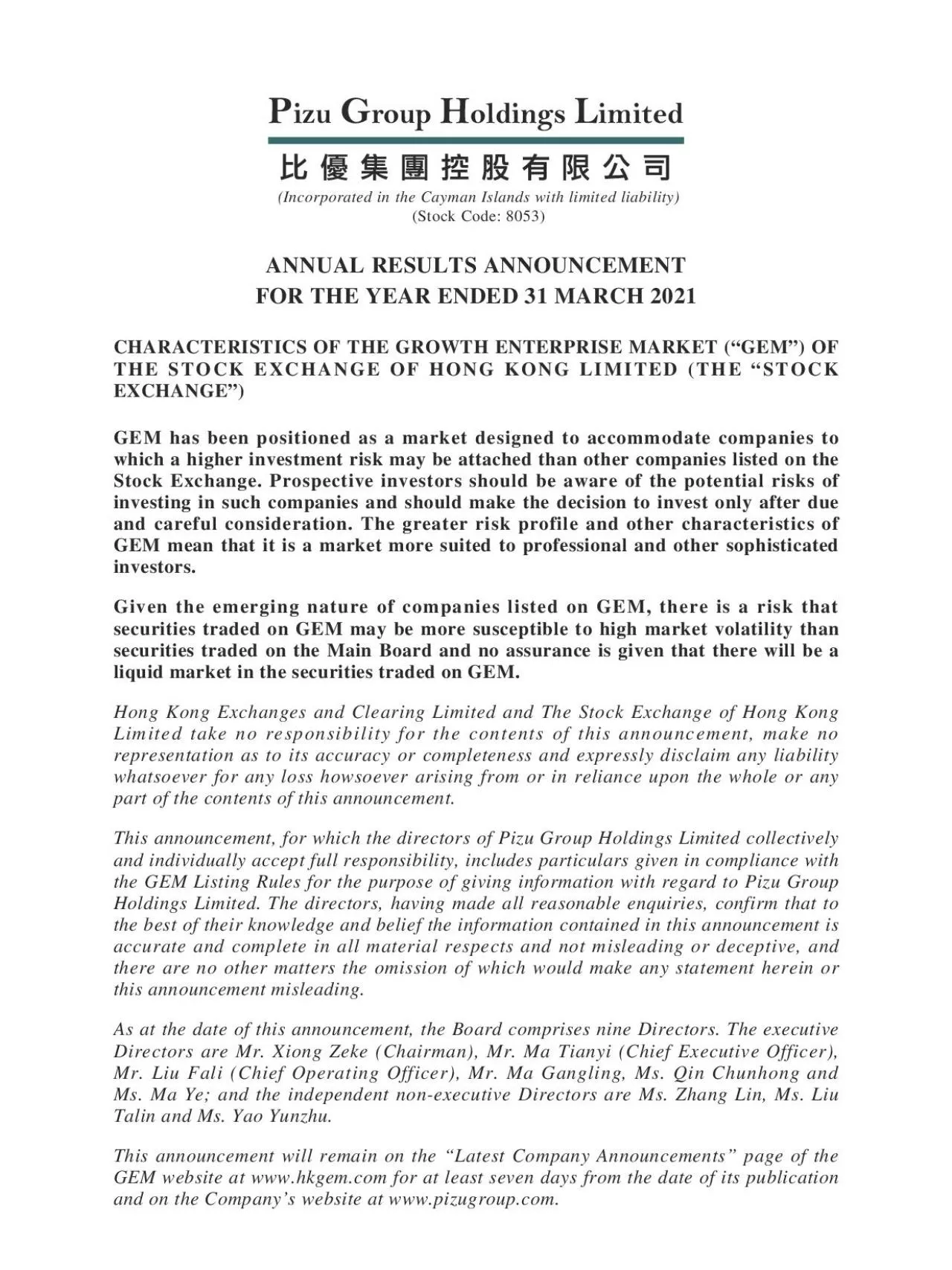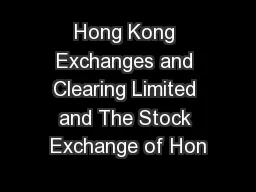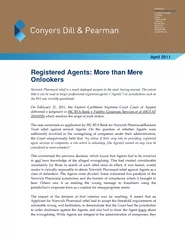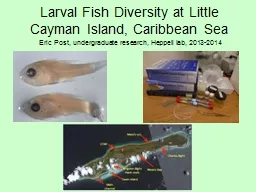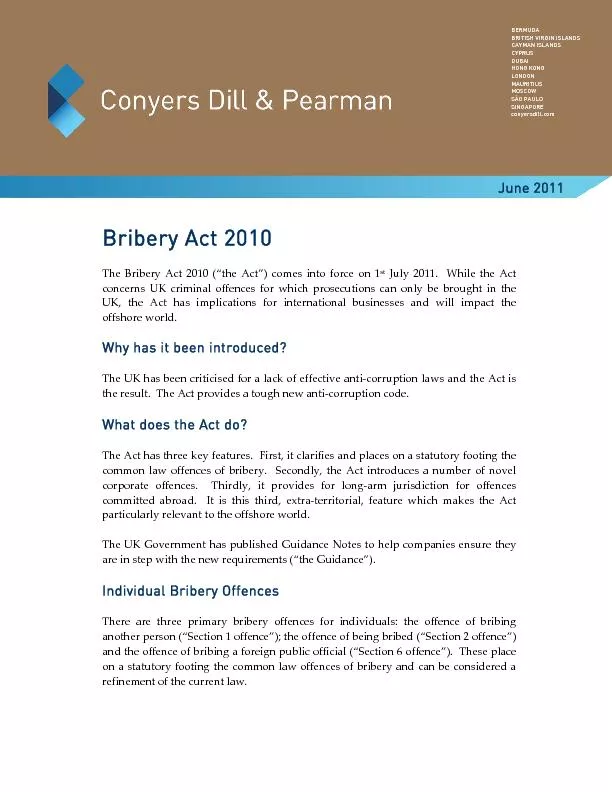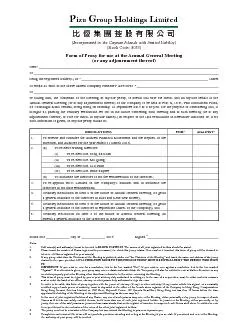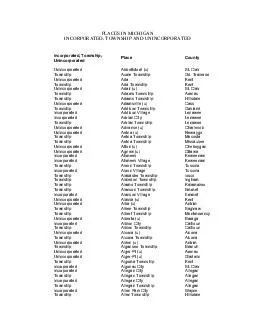PDF-Incorporated in the Cayman Islands
Author : jones | Published Date : 2021-08-07
PizuGroup Holdings LimitedStock Code 8053ANNUAL RESULTS ANNOUNCEMENTFOR THE YEAR ENDED 31 MARCH 2021CHARACTERISTICS OF THE GROWTH ENTERPRISE MARKET 147GEM148 OF
Presentation Embed Code
Download Presentation
Download Presentation The PPT/PDF document "Incorporated in the Cayman Islands" is the property of its rightful owner. Permission is granted to download and print the materials on this website for personal, non-commercial use only, and to display it on your personal computer provided you do not modify the materials and that you retain all copyright notices contained in the materials. By downloading content from our website, you accept the terms of this agreement.
Incorporated in the Cayman Islands: Transcript
Download Rules Of Document
"Incorporated in the Cayman Islands"The content belongs to its owner. You may download and print it for personal use, without modification, and keep all copyright notices. By downloading, you agree to these terms.
Related Documents

